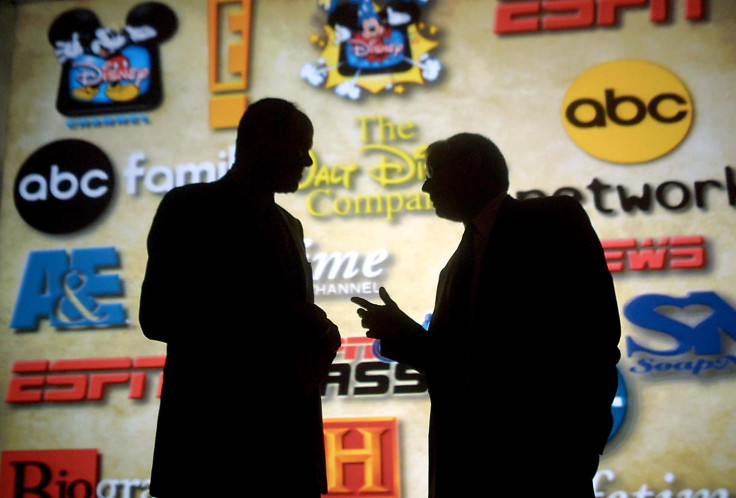2 Things To Watch When Disney Posts Earnings Next Week

Disney (NYSE:DIS) will announce its fiscal third-quarter results on Aug. 7, just as the entertainment giant's acquisition of Twenty-First Century Fox moves closer to becoming final. That merger promises to bring changes to the business over the next few years that could cloud the growth and earnings picture for shareholders, and Disney executives are likely to spend plenty of time discussing their optimistic plans for integrating the Fox business into Disney's media empire.
This article originally appeared in The Motley Fool.
Next week's report, on the other hand, will tell investors a lot about the strength of Disney's organic growth initiatives. Its key long-term strategy involves churning out high-value intellectual property, especially at the box office. And successes like Black Panther and Avengers: Infinity War confirm that shareholders have no reason to worry about Disney losing its edge here. Still, the business has a few important challenges that investors will focus on in next week's results.
Subscriber Gains And Losses
Disney's media-network segment, its biggest source of profits, posted a 6% earnings decline last quarter and boosted revenue at a sluggish 3% pace. Those challenges detracted from an otherwise strong quarter that included major contributions from the theme parks and studio divisions.
The company said its network subscriber base fell by roughly 3% last quarter as consumers continued to opt out of pricey cable packages in favor of internet-delivered home entertainment. Yet management expressed cautious optimism that the losses might be stabilizing, which would lessen the pressure on advertising sales. We'll find out on Tuesday whether that modest improvement marked the beginning of a rebound for this key business.
Meanwhile, Disney's new ESPN+ service, its most aggressive attempt yet to break out of the broadcast model and offer content directly to consumers, had been in operation for only one month prior to last quarter's earnings release. With a full quarter of results behind it now -- including metrics for subscriber growth, engagement, and cancellation rates -- executives should have a better idea about the potential for this service to offset losses in the traditional network TV segment. That's important for ESPN's future, but also for Disney's even bigger bet on streaming content that it is preparing to launch late next year.
Spending Money To Make Money
The direct-to-consumer platform is proving more expensive to build out than management had expected. In fact, Disney lifted its forecast for losses tied to investing in that service to $180 million for the year, up from the initial $130 million target. Shareholders should see the biggest portion of that hit (roughly $100 million) come in the current quarter as Disney tries to improve the infrastructure behind the ESPN+ service.
It will likely be some time before that streaming platform begins contributing to Disney's earnings picture in any meaningful way. Netflix took close to two years before achieving positive results in many of its TV markets.
Yet by following management's cost projections over the next few quarters, investors should get a better picture on how well Disney's sports-based service is finding its footing with consumers. Those successes, or failures, will inform management's broader hopes of shifting toward marketing TV content directly to consumers, as the legacy broadcast business continues to decline.
Demitrios Kalogeropoulos owns shares of Netflix and Walt Disney. The Motley Fool owns shares of and recommends Netflix and Walt Disney. The Motley Fool has a disclosure policy.




















